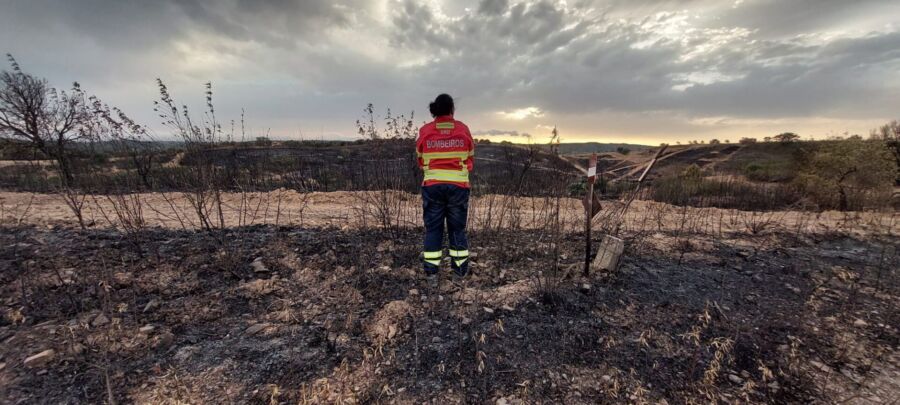Project “Evacuate Forest” seeks to completely upgrade Portugal’s model for wildfire preparedness
The “highly complex” mission to decide when and how to remove people at risk in case of forest fires is being studied by scientists at the University of Coimbra (UC).
Project “Evacuate Forest – Decisions and Evacuation Plans in Scenarios of Forest Fire,” has the collaboration of the National School of Firefighters (ENB) and the Centre for Forest Innovation and Skills (SERQ).
Says Lusa, it aims to “study new emergency plans for communities, considering the most diverse scenarios”.
Aldina Santiago, coordinator of the study and university lecturer explains the project’s main objective is to create a decision support system for competent entities, allowing “for the protection of the community at risk (…) and to mitigate problems in the context of an evacuation”.
“For urban fires, there are already evacuation plans, but this is not the case for forest fires”, she explained.
Currently the only support for decision making in rural fires “is very small in technical and scientific terms and depends largely on the sensitivity of the commander in the theatre of operations”.
“Many times, this choice is criticised, either because it is made too early or because it is made too late”.
Thus, with about €270,000 of funding from the Foundation for Science and Technology, the project aims to “support governmental and local entities in the protection of people involved, creating specific indications about the form and mechanisms to be used to protect and make each community more resilient, given its particularities and the development of the fire”.
The protection of a given community must be thought about and discussed long before fires break out; the possible solutions must be prepared through emergency and evacuation plans; partial evacuation or, in extreme cases, total evacuation, is one of those solutions, but not the only one”, said Aldina Santiago.
The first phase of the project focuses on “the characterisation and study of what already exists, regarding strategies associated with the protection of people in rural fire scenarios”, not only in Portugal but also in Spain, Italy, Greece, Australia and the USA (California).
Aldina Santiago has told Lusa that scientists have observed that “if in the past the policy was ‘stay at home and wait’, nowadays we are starting to opt for preventive evacuations”.
“Portugal is also beginning to follow this strategy, that is, in recent years, the protection strategy has been changing as a result of the paradigm of current fires” (fires of large proportions and that easily spread towards residential communities).
Researchers have also carried out fieldwork with communities in the municipalities of Lousã (Coimbra) and Sertã (Castelo Branco) – choices that “were not random”, explains Aldina Santiago, but “considered their specificities”.
Using the example of Lousã municipality, she said the localities of Cerdeira and Cabanões were chosen – the latter being “an isolated village, difficult to access, with a small population (less than 25 people)”, all of them “aged and with some mobility limitations”.
The village, which is approximately one kilometre from the EN342 national road (between Lousã and Góis, and from where a single road goes to the village), was evacuated during the killer fires of October 2017.
Cerdeira – part of the stunning network of Aldeias do Xisto, located in Serra da Lousã, about 1.5 km from the EN236 – “is a locality with a significant tourist component, with a very variable population, both throughout the week and throughout the year.”
“It is difficult to know how many and where the people are in this locality and its surroundings; this uncertainty is undoubtedly one of the factors that make it difficult to protect these people in case of fire”, said Santiago.
At the same time, researchers are working on models “to simulate the spread of fire and the evacuation of people”, using “advanced numerical methods”.
“We hope to simulate soon the fires that have occurred in recent weeks in Portugal”, Aldina Santiago tells Lusa. “By comparing results, we can study the impact of possible solutions, possible alternatives for protection”.
The project coordinator explained that evacuation modelling and simulation systems “are essential tools for planning and decision-making”.
“During evacuation and fire, people’s behaviour is also a determining factor (…), and the education of the population on this topic is equally important for the success of this process”, she added.
Source Lusa


























